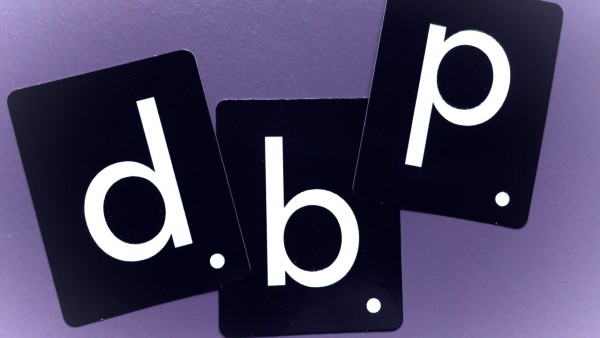British Dyslexia Association calls for education shift beyond phonics
The British Dyslexia Association has announced that it will petition the Government to revise its policy on teaching Systematic Synthetic Phonics (SSP) as the sole method to teach reading. The BDA noted that there is substantial evidence spanning 35 years which demonstrates that up to 25% of children cannot learn to read just by learning phonics, including most children with dyslexia and other specific learning difficulties. Instead, they point out that children with reading difficulties benefit when a range of approaches to teaching reading are used.
The BDA made this announcement following a presentation to the All-Party Parliamentary Group for Dyslexia and other SpLD in September, 2021. At that meeting, Sharon Hodgson MP pointed out that recent initiatives for teacher training and the Reading Framework published by the Government in July both specify Systematic Synthetic Phonics (SSP) as the exclusive way to teach reading in British schools. But this approach has significant limitations. Many children, especially those with dyslexia, cannot learn to read and spell with this approach.1

Professor Usha Goswami explained that because dyslexic children process the sounds of language differently, the inconsistencies of English spelling present particular difficulties.2 She explained that dyslexic children need targeted instruction in orthographic patterns and sequences. Dr. Goswami is the Director of the Centre for Neuroscience in Education and teaches Cognitive Developmental Neuroscience at the University of Cambridge.

Professor John Stein then stressed that teaching children to read involves far more than phonetic decoding. Stein discussed visual processing difficulties: if children are not seeing the words properly, they will struggle to learn to read. Stein has also found that many dyslexic children struggle with timing, which stands in the way of their ability to match letters to sounds and to sequence the parts of spoken words. He explained that phonics training cannot work for children who have not developed the ability to accurately coordinate the pacing and rhythms of spoken language.3 Dr. Stein is a co-founder of the Dyslexia Research Trust.
The third research presentation was from Dr. Sharon McMurray of Stranmillis University College. She explained that evidence shows that children learn to read and spell through an integrated approach to build orthographic, phonic, and morphemic knowledge from the very beginning. She went on to explain that the SSP approach was not only inadequate, but that it actually impairs the reading development of a significant minority of children, by standing in the way of learning orthographic patterns.
Dr. McMurray said that for dyslexic children, SSP is a significant cause of reading failure because its emphasis on letter-by-letter, sequential sounding out prevents the learners from developing a sense of whether a word “looks” right. She described extensive research evidence showing that the heavy emphasis on phonetic decoding impedes reading fluency and causes spelling difficulties. She also said that the current implementation of SSP “has created a fog that makes it difficult to identify children who are truly dyslexic”.
She also emphasized the importance of visual recognition of the sequence of letters in a word, linked to the word’s meaning and usage. She pointed out that the endorsement of SSP discriminates against children who have difficulties with working memory or orthographic processing, and that the SSP core criteria reveal a fundamental misunderstanding of the process of developing sight word recognition.
She concluded, “there are now children experiencing difficulties that may not be arising from specific
processing difficulties, but arise from the SSP narrow focus which neglects other essential components of literacy development. This means that children cannot access the full range of strategies because, not only have they not been taught, but teachers have been told to actively discourage their use and to repeat the SSP method.”4
We at Davis Dyslexia Association International welcome this initiative from the British Dyslexia Association. Our work has always been based on providing dyslexic learners with tools and strategies that fit their learning style and provide a more easeful transition to fluent reading. We know from our experience with Davis Learning Strategies that teachers can prevent reading failure simply by giving young children the tools needed to develop visual sequencing skills, sight word recognition, and connections to word meaning from the outset. These strategies are easy to implement and additive — that is, they don’t require schools to change their curriculum, but rather simply to supplement in a way geared to meeting the needs of all learners. We are heartened to see BDA working toward assuring more flexibility and innovation in schools, recognizing that what may be seen as a “best practice” for many is not sufficient for all, and can be detrimental for some.
References
- Minutes of the All Party Parliamentary Group: Dyslexia and Specific Learning Difficulties, 16th September 2021
- Presentation: Developmental Dyslexia & Phonics Tuition: Going Beyond ‘Synthetic Phonics’.
- Presentation: Timing, Sequencing & Children’s Reading Difficulties
- Presentation: Phonics: what does the research tell us?











